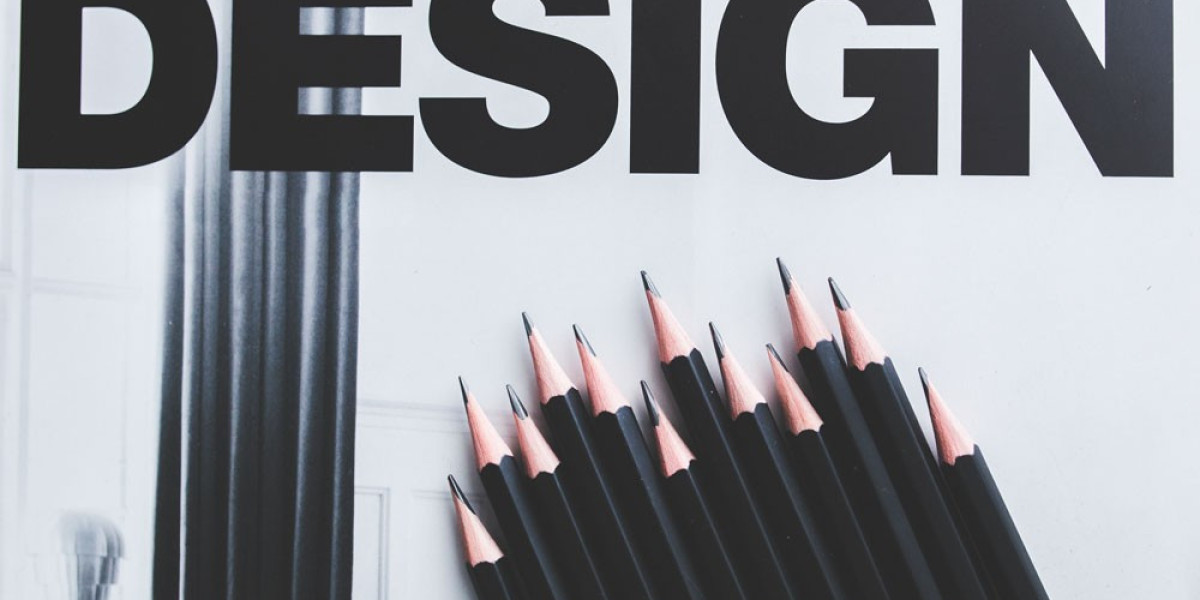Introduction
Graphic design is an influential form of visual communication that combines art and technology to convey ideas and messages. From creating brand identities to designing user interfaces, graphic design plays a crucial role in shaping our visual environment. This article delves into the essentials of graphic design, its importance in various fields, and how to create compelling designs that leave a lasting impression.
1. Understanding Graphic Design
Graphic design is the practice of planning and projecting ideas and experiences with visual and textual content. It involves a creative process that combines art and technology to communicate messages in a visually compelling way. This can include logos, advertisements, posters, websites, and much more. The primary aim is to make information accessible and engaging through visuals.
2. The Importance of Graphic Design
- Brand Identity: Graphic design is fundamental in creating and maintaining a brand’s identity. Through logos, color schemes, typography, and other visual elements, graphic designers build a recognizable and cohesive brand image.
- Marketing and Advertising: Effective graphic design captures attention, conveys messages clearly, and persuades audiences. Well-designed marketing materials, such as brochures, social media posts, and ads, are crucial for successful marketing campaigns.
- User Experience (UX): In digital interfaces, graphic design enhances user experience by making websites and apps visually appealing and easy to navigate. Good design improves usability and keeps users engaged.
- Communication: Graphic design is a powerful tool for communication. Infographics, presentations, and visual reports can simplify complex information and make it more digestible for the audience.
3. Core Elements of Graphic Design
- Typography: The art of arranging type involves selecting typefaces, point sizes, line lengths, line-spacing, and letter-spacing. Typography is crucial for readability and conveying the mood and tone of the content.
- Color Theory: Understanding how colors interact and the emotions they evoke is essential. Designers use color to create visual harmony and convey specific messages or feelings.
- Layout and Composition: The arrangement of visual elements within a design must be balanced and cohesive. A well-structured layout guides the viewer’s eye and emphasizes the most important information.
- Imagery: The use of photos, illustrations, and icons enhances the visual appeal and effectiveness of a design. High-quality imagery can make a significant impact on how a design is perceived.
4. Graphic Design Tools and Software
Graphic designers use various tools to bring their creative visions to life. Some of the most popular design software includes:
- Adobe Creative Suite: Industry-standard tools like Photoshop, Illustrator, and InDesign offer comprehensive functionalities for various design needs.
- Sketch: A vector-based design tool particularly popular among web and app designers for its intuitive interface and powerful features.
- Canva: A user-friendly, web-based tool great for creating social media graphics, presentations, and other visual content.
- Figma: A collaborative design tool that allows real-time teamwork, making it ideal for designing interfaces and prototypes.
5. The Graphic Design Process
Creating effective graphic designs involves several steps:
- Research and Inspiration: Understanding the project’s goals and gathering inspiration. This involves studying the target audience, analyzing competitors, and exploring design trends.
- Concept Development: Brainstorming and sketching initial ideas. This phase is about exploring different directions and finding the best approach.
- Design and Iteration: Using design software to create and refine the visual content. Feedback is gathered, and revisions are made to improve the design.
- Finalization and Delivery: Once the design is polished and approved, the final files are prepared in the required formats for various applications.
6. Tips for Effective Graphic Design
- Know Your Audience: Understand who your design is for and what you want to communicate to them. Tailoring your design to the audience’s preferences and needs is crucial.
- Keep It Simple: Simplicity in design is powerful. Avoid clutter and focus on essential elements that convey your message clearly.
- Balance and Alignment: Ensure your design elements are well-balanced and aligned. Good alignment creates order and improves readability.
- Consistent Branding: Maintain consistency with your brand’s visual identity. Use the same color schemes, typography, and imagery styles across all materials.
- Seek Feedback: Don’t design in isolation. Get feedback from others to ensure your design resonates with the intended audience.
Conclusion
Graphic design is a vital discipline that merges creativity with functionality to produce compelling visual content. It plays an essential role in branding, marketing, user experience, and communication. By mastering the core elements of graphic design and following a structured design process, you can create visuals that are not only aesthetically pleasing but also effective in conveying your message. Embrace the power of graphic design to make a lasting impact in a visually-driven world.















